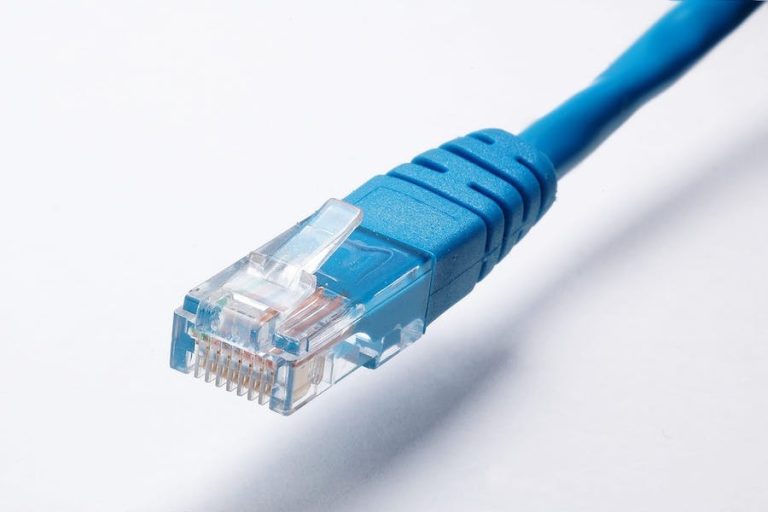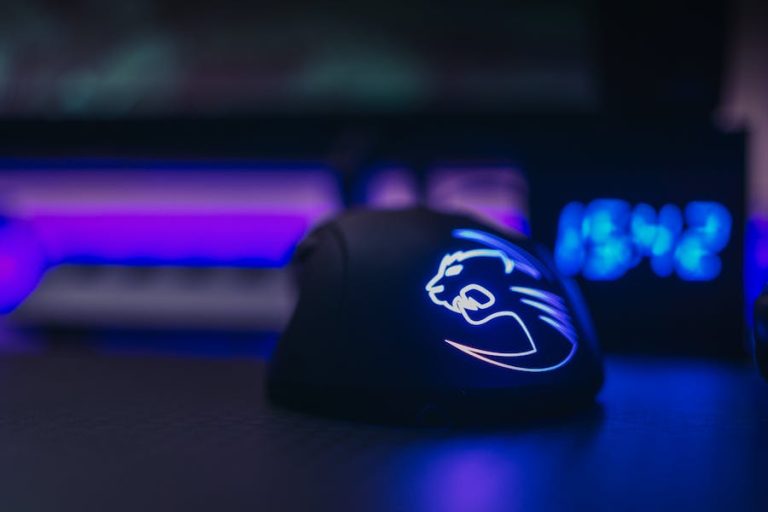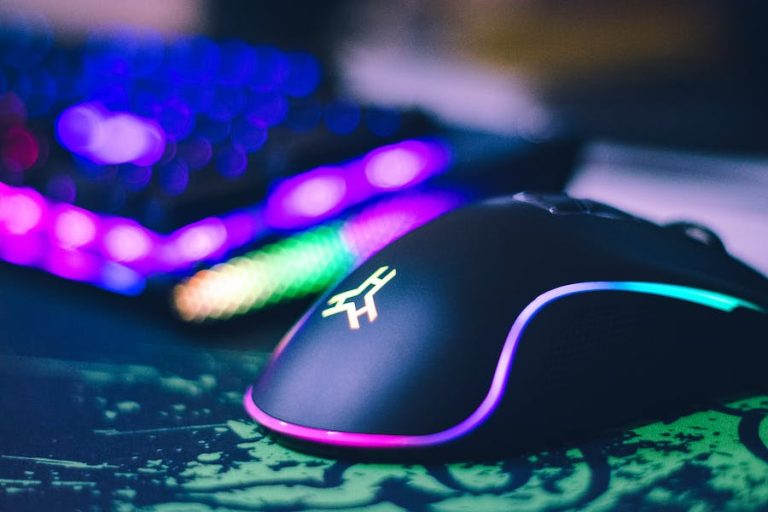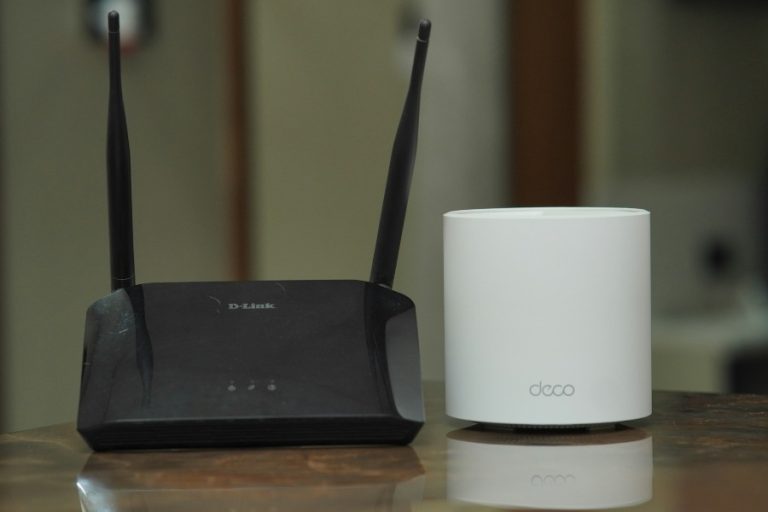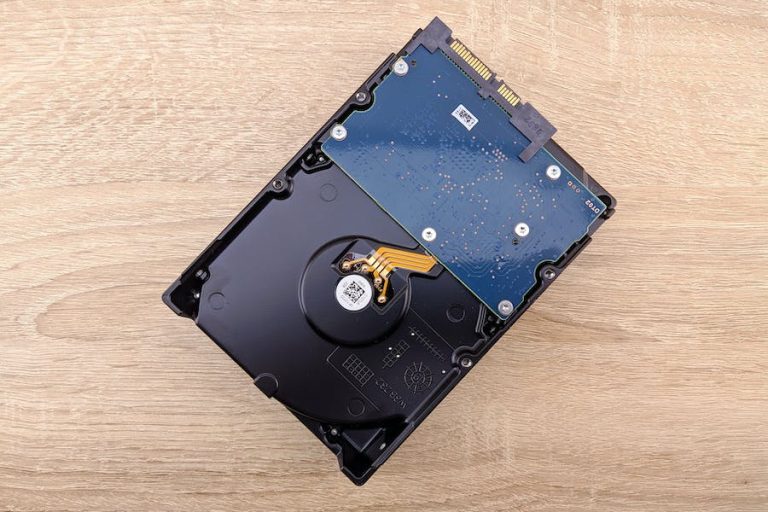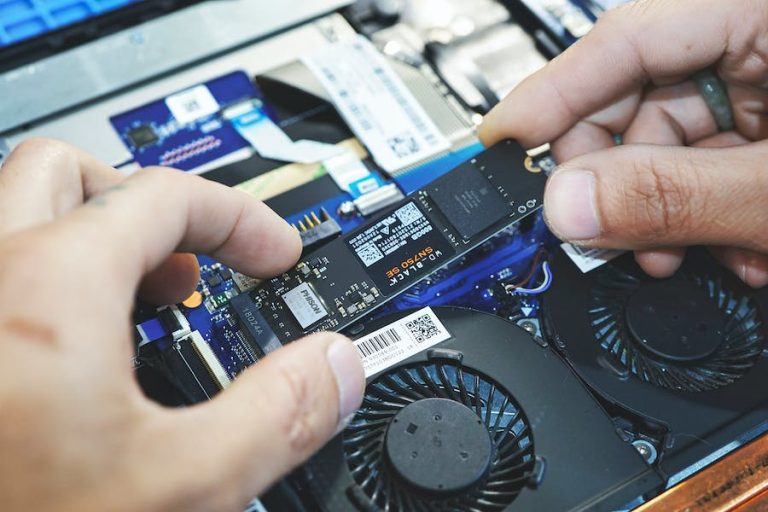Gaming is widespread, and with many games being produced, you probably wonder, “What is the best Ethernet Cable for gaming?”
Modern games work well with fast internet speeds, and a good ethernet cable will give you a pleasant gaming experience.
The market has many ethernet cables with several generations available for selection. The generations are denoted in numbers; the higher the number, the better the performance of the ethernet cable.
So, what is the best ethernet cable for gaming?
The best ethernet cable for gaming is Cat7 or Cat8 LAN. The two types are the latest on the market, with Cat 8 being the most recent, meaning it is the fastest for data transmission.
We recommend Cat 7 and 8 because they have a high frequency of over 600MHz and top speeds of over 10Gbps. The cables are also lengthy and braided to ensure no external signal interference from other devices.
Let’s look at the options of ethernet cables available.
Types of Ethernet Cables
Ethernet cables have gone through a series of manufacturing, with each generation coming with its advantages. The generation runs from Cat 1 to Cat 8, with each cable capable of delivering the required demands.
Below is a highlight of each generation. But before we dive deeper, you probably wonder what “cat” means on each cable generation. Cat is a term used to define the cable categories. Any number after “cat” reveals the version supported by the cable.
Generally, higher numbers have fast speeds and exceptional frequencies. Typically, the newer cables will support higher bandwidths, improving the download speeds and ensuring the connections are faster. Such cables are suitable for gaming.
Explore the cable types below.
Cat 1- Cat 5
The generation refers to the old model cables that broke into the market. The cables didn’t have the top features like the ones in the modern types.
Although they transmitted data, the speeds and frequencies were slow. Currently, the cables have been discontinued and may not be available on the market.
Cat 5e
Both cat5 and cat5e have similar physical appearances and can be confusing. However, the building technology of cat 5e relied on stringent measures to eliminate chances of unwanted signals passing through the cable, interfering with the transfer of signals.
The “e” in cat 5e stands for enhanced, meaning the cable supports faster speeds and has a higher frequency than the predecessor cat 5.
Cat 6
The cat 6 cables are a higher improvement of cat5e. It supports up to 10Gbps with a bandwidth of about 250MHz. The cables are robust thanks to the tight wounding with a braid shield to prevent crosstalk.
Cat 6 supports a length of 55 meters and is useful in areas where internet transfer over lengthy areas is needed. In most cases, the cables are helpful in business organizations. Gamers will like the cables because they offer top speeds at a good distance.
Even though Cat 6 is a cable that users love, it comes at a higher price than the Cat 5 variants.
Cat 6a
The Cat 6a ethernet cables are a better version of Cat 6 and the most recent in the category. The “a” in cat 6a means “augmented” which means it has top standards than the previous version. It is capable of supporting two times the bandwidth supported by version 6.
Regarding the speed transition of a distance, the cable works exceptionally, connecting you to your devices at a distance, thanks to the longer cable length.
The transfer speeds are up to 10gbps, covering a bandwidth of up to 500MHz. Additionally, the cable is thin and well-shielded to prevent crosstalk. The cables are suitable in data centers and locations where high-speed connections are crucial.
Cat 7 and Cat 7a
The cat 7 category is an improvement of cat 6a, but they tend to be less common among users. The cables support data speeds of up to 40 Gbps at a bandwidth of 600MHz and cover up to 50 meters.
The cables are also shielded to prevent crosstalk. Besides the shielding, the Cat 7 category uses a GigaGate45 connector compatible with RJ45 Ethernet ports. Because of the connection modifications, the cable has had various issues and is less common.
Nevertheless, the cable is among the highest-specification Ethernet cables. It is, however, more expensive than the earlier version of the cables.
Cat 8
The Cat 8 cables are the latest on the market and come with the best features for gamers and those who value high-speed transmission. The cables support a maximum frequency of 2,000MHz. The speeds are 40Gbps at a distance of 30 meters.
The Cat 8 cables are also shielded, ensuring the high frequencies are never interfered with during data transmission. Unlike the rest of the cables, the Cat 8 supports up to 2 connectors.
You can effortlessly connect up to three cables at 30 meters.
The cable has bypassed the connector issues in Cat 7 and, hence the most preferred. Even though the cable has become popular, the prices are still more than the previous versions but worth the purchase.
Which Cable is the Best for Gaming?
From the highlights above, the key factor that influences the selection of an ethernet gaming cable is the frequency of the cable, which determines the speeds. Even more, the shielding aspect and the distance are additional features.
Therefore, the best gaming cable can start from cat variation 6a and above. This is because the bandwidth is above 250MHz, and the distance covered is extensive. The 6a cable is more affordable than the other latest versions.
However, if you are set for the most existing gaming experience, you’ll need the Cat 8. It has a whooping 2000MHz, meaning the speeds are excellent. Also, the distance covered is significant, hence maintaining the signal quality. Unfortunately, the cable is costly.
Tips To Choose an Ethernet Cable for Gaming
Slow transmission of data is a turn-off for gamers, and to make everything okay, gamers will opt for cablers that support fast transmissions. Therefore, what are the critical considerations before buying an ethernet gaming cable?
The Cable Speed Rates
Usually, the cable speed is the amount of data it can transmit per second. If the cable transmits 100mbps, it means 100 million bits are sent for every second. The ethernet cable you select will determine the amount of speeds you get.
Cables from Cat 6a upwards deliver the best speeds for gamers. If your game requires top speeds, you need the latest Cat 8 ethernet cable with the highest frequencies.
Shielded Cable
Electromagnetic interference hampers the functionality of cables. To ensure a smooth experience without the speed being interfered with by other devices, the cable must have a shield that protects conductors from electromagnetic interference (EMI).
Adjacent powerlines, lighting, and machinery may cause the interference. Shielding prevents the intersection of parallel conductors in the cable from interacting. Cables from Cat 6 and above have shields that prevent crosstalk.
These cables are suitable for gamers who want a smooth gaming experience, as they block any external signal interruption.
Cat Number
The cat number represents the version of the ethernet cable. The cables are categorized from cat 1 to cat 8. Cat 1 to cat 5 cables are the old versions out of the market.
Categories from cat 6- cat 8 are on the market and the most preferred for gamers due to their ability to allow faster data and signal transmission. The cable categories can transmit data over a longer distance, letting gamers access the internet from a distance.
While selecting the cable category, check the speed and frequency. The higher the speed, the better the transmission. The latest cat 8 has top speeds with good frequency.
Cable Length
How far can the ethernet cable transfer data without slowing it? The length of the cable is crucial when it comes to data transmission. Longer cables are found in cat categories from 6-8, which transfer data at lengthy locations.
Cat 8 is the longest and can get you about 50 meters of data. This suits gamers who value fast transmission at a distance without affecting the signal quality.
Conclusion
What is the best ethernet cable for gaming? The best ethernet cable for gaming is Cat 8 cable. It is the latest version, meaning all the recent technological advancements have been factored into the cable. The speeds are superb, and it is capable of covering longer distances.
The cable has a shield that prevents crosstalk. However, it is slightly costly compared to the rest. Other suitable cables for gaming are Cat 6, 6a, 7, and 7a. Category 6 is popular due to its affordability. Cat 7 had connectivity issues where buyers shied from it.
If you are looking for a cable that will take your gaming to a whole new level, check the key factors to consider before you invest. Also, find reputable manufacturers to get the value for your investment.

